Wheelgun Wednesday: The LeMat Is Back!

Say you’re a cavalry soldier in the 1860s, and you want the ultimate cap-and-ball firepower. It was the heyday of percussion revolvers, but surprisingly, they more-or-less mostly followed the same pattern … except for the LeMat. The LeMat was perhaps the world’s first handgun with a 10-round capacity, including a very unique secondary fire capability. And now, Pietta has their reproduction of this classic revolver back into production.
Percussion revolvers @ TFB:
High-capacity firepower
When you first look at the LeMat, you can tell it’s an unusual cap-and-ball revolver, but from a side view, you can’t tell exactly why. When you look down the business end, it’s another story; you can see there is not one barrel, like almost every other handgun ever made. There are two barrels on the LeMat revolver: an upper, rifled barrel that fires normal revolver loads, and a lower smoothbore barrel that fires shot loads. This is a handheld combo gun, with multi-shot capacity for the rifled barrel and single-shot capability for the shotgun barrel.
It’s a weird design, but it makes sense if you look at the realities of horse-mounted warfare in the 1860s, especially with the restrictions of muzzleloading technology. For generations, cavalry had used sabres and lances as their main weapons. Mounted troops in the Civil War era would have had a difficult time shooting a rifle accurately from horseback, and reloading would have been a tricky affair as well. This is not to say that it couldn’t be done, or that it wasn’t done, but it was certainly not easy.
A revolver could be wielded with a single hand while riding, and the multi-shot capacity meant you could fire several shots without lengthy reload times in between. The compact size of a revolver, when compared to a rifle or carbine, meant a trooper could carry multiple revolvers for even more firepower before reloading.
Revolvers of the 1860s were typically five-shot or six-shot designs, though, and here’s where the LeMat had its first advantage. Jean Alexandre LeMat (a native of France, living in New Orleans when he designed this revolver) incorporated a nine-shot cylinder into this revolver.
For reasons unknown, LeMat chambered his revolver cylinder in .42 caliber instead of the more common .44 and .36 calibers, which Colt, Remington, Manhattan, Starr and other revolvers of that era tended to be chambered in (later models were in .35 caliber). Gunmakers of the 1800s tended not to think as carefully about supply chain issues, which often resulted in trouble with sales…
The nine-shot cylinder was unusual, but what was even more unusual was that it revolved around a central shotgun barrel. Early-production barrels had an 18-gauge barrel (.63 caliber). Later in the Civil War, LeMat had the shotgun barrel changed to a 28-gauge tube (.55 caliber).
The idea was that the shooter would have the capability to shoot “grape shot” and have a better chance of hitting a moving target with the shotgun barrel. Or, the shooter could load a single projectile into the larger-diameter smoothbore barrel and have a heavier round on hand for close encounters.
To pick which barrel to fire, the shooter had a lever at the end of the hammer; flip the lever one way, and you’d fire the top, rifled barrel. Flip it the other way and you’d fire the lower smoothbore barrel. Both barrels loaded from the same ramrod, which was fixed to the gun and designed to pivot to whichever muzzle the shooter was loading. See it demonstrated below:
All in all, the LeMat had some very desirable features; the nine-shot cylinder capacity would have been very desirable in itself, even without the additional shotgun barrel. But LeMat bet the wrong way on the Civil War, signing contracts to provide made-in-Europe revolvers to the Confederates (his earliest prototypes were made in Philadelphia before hostilities broke out). He had contracts for about 5,000 revolvers during the Civil War. Roughly half that number actually made it to Confederate soldiers. Users included Stonewall Jackson and J.E.B. Stuart and other prominent officers.
LeMat had to have his revolvers produced in Europe during the Civil War; after the war, that continued, with some pinfire revolvers produced and eventually cartridge-firing revolvers as well. The oddball weapon did have a decent run in the end, although it was never as widely used as its inventor might have hoped.
The Pietta reproduction
Reproductions have been offered on and off over the years, and currently, Pietta has its LeMat repro available Stateside again.
You can see the various configurations offered by Pietta here; all have a .44-caliber barrel and a 20-gauge shot barrel. EMF, who brings them into the U.S., has prices starting at $1,360.90, with another hundred bucks tacked onto the Old West model. There are certainly lower-priced cap-and-ball handguns on the market, but these are a fun and unique blackpowder pistol that might not be available in a few months, if supply runs out again. If you want to try one, now’s the time to buy!









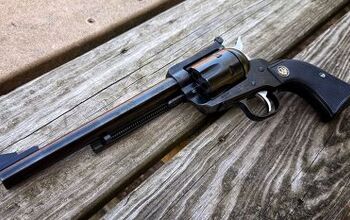



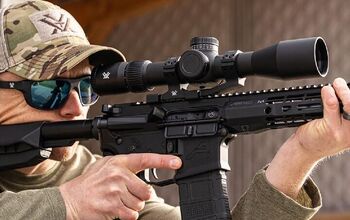

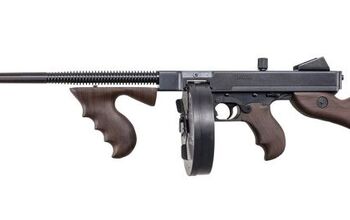
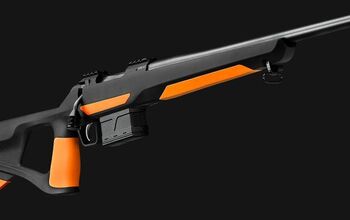
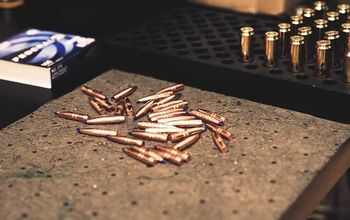

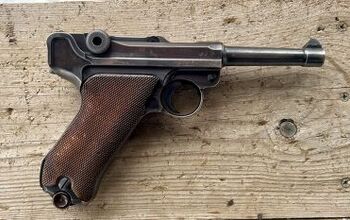

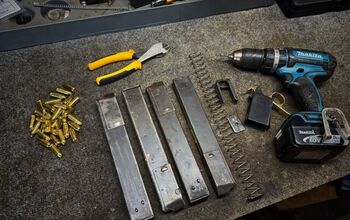


Comments
Join the conversation
Given the grip shape / angle, it is probably more comfortable to fire than a lot of it's contemporaries. Ergonomics, circa 1851 !
cool idea. It was tough enough being in armored cavalry in 1968 in Vietnam.
I can't imagine being in the civil war and being armed with a cap and ball revolver of any brand!